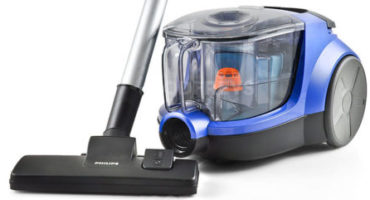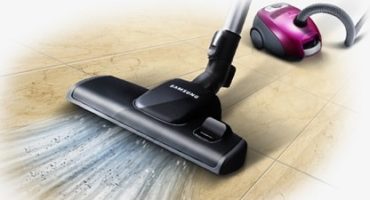A washing vacuum cleaner has not been a luxury for a long time, it is a need for a modern rhythm of life. He is an excellent assistant in cleaning a house of any area, when problems arise and breakdowns with such significant household appliances, the owner wants to understand the causes of the breakdown and find out how to fix it. The most common breakdown of a washing vacuum cleaner is that it turns on, makes a noise, but stops washing. There may be several reasons why your washing vacuum cleaner does not wash, and first you need to familiarize yourself with the device and the principle of operation of this household appliance.
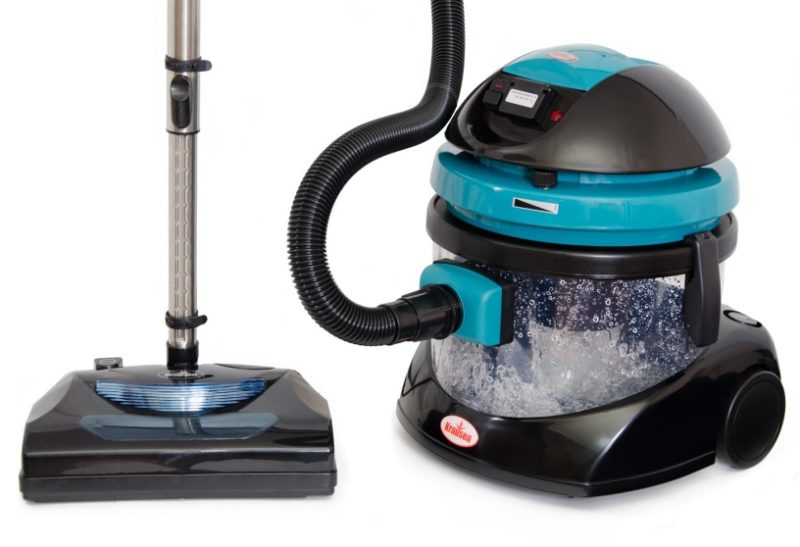
Fig. 1 washing vacuum cleaner
The device of the washing vacuum cleaner and the principle of operation
The main function of a washing vacuum cleaner is that it is capable of wet cleaning surfaces (Fig. 2), it can be used to wash windows and mirrors, upholstered furniture, but turning this option off can be used as a regular vacuum cleaner, doing dry cleaning, which makes this home appliance convenient, multifunctional and therefore the most popular.
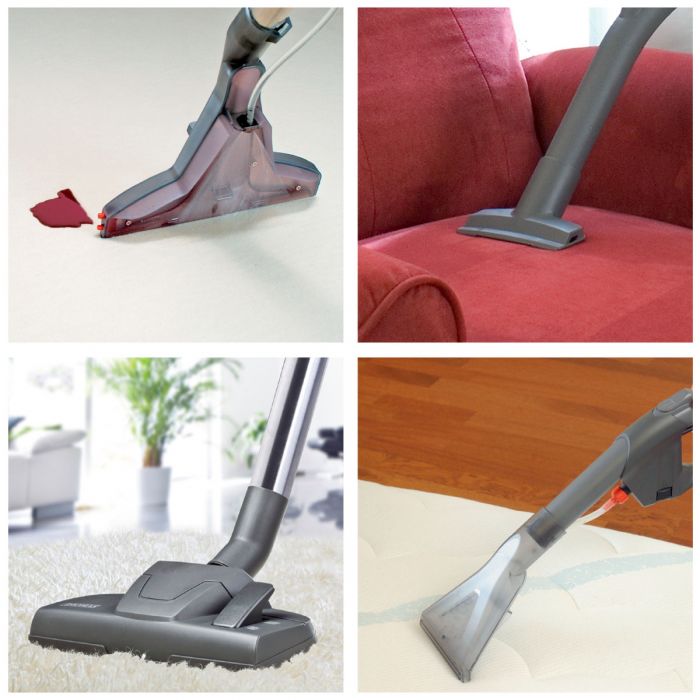
Fig. 2 Functions of a washing vacuum cleaner
The household appliance market is represented by a wide range of cleaning vacuum cleaners, the prices vary, as does the set of functions and nozzles used. If necessary, you can buy additional nozzles.
However, any of the representatives of this category will be simple and understandable in operation. It is important to carefully read the attached instructions before first use. Regardless of the price and set of options, the device and the principle of operation of the washing vacuum cleaner are the same.
Also learn from our article at: If bring the included vacuum cleaner to the eyethen what will happen?
The device of the washing vacuum cleaner
The vacuum cleaner has 2 tanks for filling with water (Fig. 3):
- tank for clean water and detergents;
- tank for draining dirty water.
Water tanks can be located in several ways:
- horizontally;
- vertically;
- in each other.
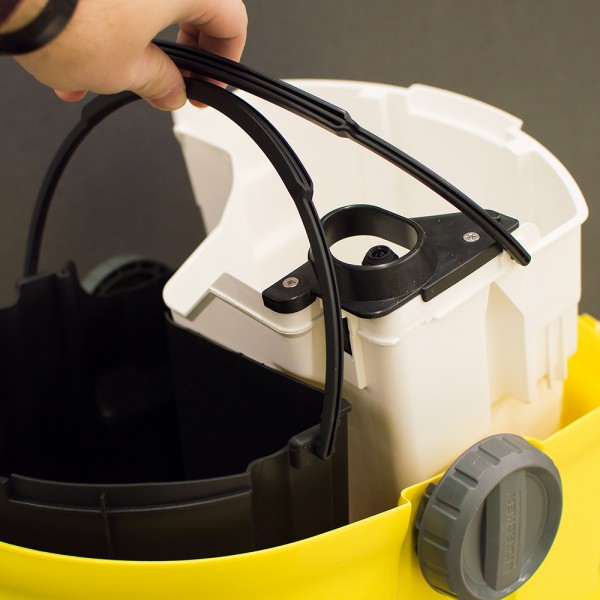
Fig. 3 Tanks with water in a washing vacuum cleaner
When the container is placed one above the other to drain dirty used water, it is necessary to disassemble the structure completely. If the tanks are in one another, then draining and adding clean water is faster, without the need for analysis.
About the main components of the vacuum cleaner You can read the article.
Principle of operation
Before use, it is necessary to prepare the equipment for work (Fig. 4), for this it is important to carry out all the steps:
- Pour water into the tank to the mark.
- Add cleaning agent if necessary.
- Tube - connect the capillary to the water tank and the main tube.
- Select and secure the nozzle.
- Fasten the edge of the fluid supply line and detergent.
- Plug the cord into a power outlet.
If the vacuum cleaner is equipped with an additional filter, it should be checked for clogging and cleaned if necessary.
For work, ordinary tap water is used, which is poured into a special tank.
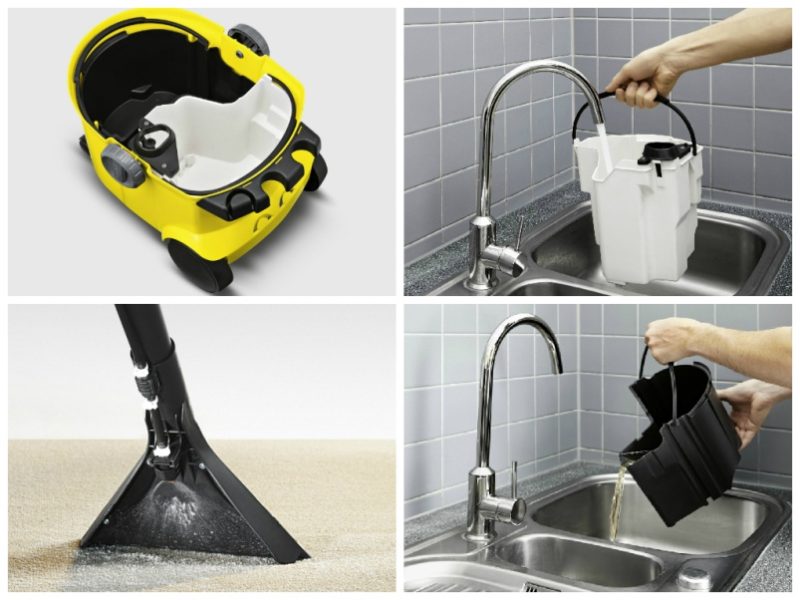
Fig. 4 Preparation for work
Water is sucked from the clean water tank and sprayed onto the surface using a nozzle. Spraying the liquid is carried out through a special tube located on the handle and at the base of the nozzle. After that, the mode of suction of the sprayed water begins, along with the dirt through a narrow nozzle, and such water enters a special tank.
There are models that have additional mechanical filters that collect large debris. Dirty water is sucked in by the same nozzle used in conventional dry cleaning.
For wet cleaning of carpets, as well as fabric surfaces in water, it is recommended to add a special detergent, the proportions must be strictly observed. Air flow generated vacuum cleaner, allows you to clean carpet for the entire depth of the pile, regardless of its length.
If it is necessary to clean the surface sensitive to moisture, then you can use the dry cleaning mode. Air passes through the filter and is cleaned. To collect garbage, use a bag provided by the design or into a tank, which performs the function of collecting not only waste water, but also a filter for large garbage.
The main advantage of a washing vacuum cleaner is that any particles of dust and dirt that get wet during the cleaning process are delayed by the filter and remain inside the vacuum cleaner without returning to the room. The benefits of such cleaning will be more than cleaning with a simple vacuum cleaner with dry cleaning.
Why does the washing vacuum cleaner not wash?
A malfunction can happen with any vacuum cleaner, regardless of its cost and brand. Care should be taken in the technique and after each use, clean and wash so that the device lasts as long as possible.
During operation, no water flows to the sprayer
If, during cleaning, from time to time, liquid stops to flow to the sprayer when the pump is on, then this indicates a malfunction. Also, water may leak under the vacuum cleaner at the bottom of the water tank. The reason in this case may be a water pump and a button with which water is sprayed. It is recommended that you check the wire connections at the water supply button and water pump for contact. Often the cause of the breakdown will become clear only when checking the circuit, which can be carried out by a qualified master.
Strong engine noise and low traction
If the vacuum cleaner turns on, it works, but at the same time it has weak traction and sounds vacuum cleaner motor while stronger than usual, the cause is a blockage in the hose. Often, with inattentive cleaning, large objects can get inside the hose, which can be removed by attaching the hose to the outlet. There are times when the design of the washing vacuum cleaner does not allow you to do this operation, you can clean the hose yourself. To do this, use a long rail with a round end or wire with a hook on the end.
Damaged hose
As a result of not careful and incorrect operation, damage to the hose or its rupture may appear. This can happen if during use pull strongly on the hose, sharply remove it after work. It is also important to properly store it so that bends do not work out. The hose must not be clamped during storage or during use.

Fig. 5 vacuum cleaner hose
Mechanical shock
If the washing vacuum cleaner falls on places such as:
- back part from below;
- cord winding area;
- place of water exit from the tank.
With such falls, internal damage can occur that is not visible to the naked eye. It is necessary to check for working condition:
- water pump;
- branch pipes;
- hose mount;
- the wire.
The wire connected to the electric power may bend or get internal damage, as a result of which the washing vacuum cleaner ceases to receive power from electric energy.
When checking the pump, it is first necessary to ventilate the water tank for leaks.
A common cause of pump failure:
- breakdown of the internal diode;
- O-ring breakage.
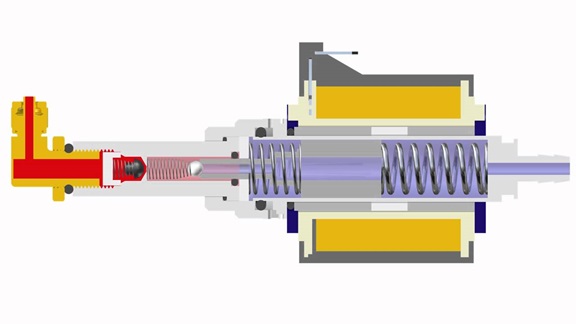
Fig. 6 Sectional pump
It is necessary to remove the pump and in this state apply 220V to it; without a valve, the liquid stream should be at least 15 centimeters in length. Lower pressure will not allow water to spray.
Hose contamination
In addition to getting objects in the hose during cleaning, it can become dirty and clogged over time as a result of prolonged use. Limescale may also form in the hose, as raw untreated water is used for the tank. Solid deposits gradually settle on the inner walls of the hose. The hose must be removed, cleaned, fully disassembled. If this does not work, then purchase a new device element.
The hose may also become clogged due to accumulated detergent used when wet cleaning surfaces. To fix the problem, remove the supply hose completely, soak in clean water and rinse thoroughly with a long stick or wire with a wrapped cloth. For further use, thoroughly rinse the hoses after each use of chemicals.
Spray gun
If, when you turn on the vacuum cleaner, the pump comes into working condition, but the sprayer, after working for a while, stops spraying water, and instead flows out with a stream of water, the cause may be contamination of the sprayer. At the same time, the sound of the running pump became inaudible and the spray button is lit. Since the spray nozzle has a narrow nozzle, it must be periodically well cleaned using a blade or any other sharp small object.
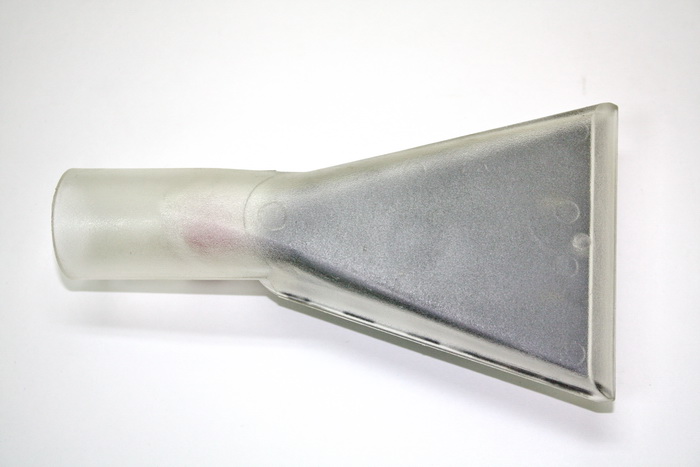
Fig. 7 water spray
Perform such manipulations carefully so as not to damage the surface of the cleaning surface.
Other causes of malfunction in the washing vacuum cleaner
The reasons that the washing vacuum cleaner does not supply water may be as follows:
- full water tank;
- clogged nozzle;
- the gasket is not correctly installed between the head of the equipment and the water tank.
- dirty filters.
Solution of problems:
- nozzle cleaning;
- emptying the water tank;
- check gasket installation;
- if necessary, it is recommended to lubricate the gasket with a small amount of fat;
- turn on the vacuum cleaner in the spray mode without the nozzle installed and wait for all the accumulated air to come out of the hose.
- From time to time, the filters inside the vacuum cleaner must be checked and washed.
It is important to dry the filter thoroughly after washing, because if you install it in the wet state, it will become dirty again in a shorter time than before.

Fig. 8 Filters in a washing vacuum cleaner
Some owners when cleaning in a wet way forget to switch the mode and continue to vacuum without water, carrying out normal dry cleaning. Such improper operation can also lead to overheating of the equipment, as a result of which the pump material is deformed. In this situation, it is necessary to replace the water pump with a new one.
A washing vacuum cleaner can handle cleaning of any complexity. Careful care, proper operation according to the attached instructions will ensure the smooth operation of this household assistant.

